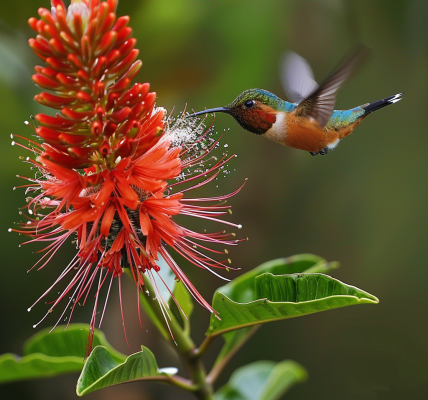Recent advancements in biochemistry have unveiled a groundbreaking method for detecting a significant biological oxidant derived from carbon dioxide (CO2) in human cells. This novel research, spearheaded by a team at the University of São Paulo’s Chemistry Institute, has important implications for understanding the physiological effects of elevated CO2 levels, which are increasingly prevalent in urban environments.
High concentrations of CO2 in the atmosphere are not only altering the Earth’s climate but are also impacting cellular functions. The interaction between CO2 and hydrogen peroxide (H2O2), a crucial molecule involved in various biological processes, leads to the formation of a potent oxidant known as peroxymonocarbonate. This substance has garnered attention for its role in cellular adaptive responses and dysfunction, highlighting the need for a deeper understanding of CO2 toxicity mechanisms.
Ohara Augusto, a full professor at the University of São Paulo, emphasized the significance of this research, stating, “More and more evidence is emerging that peroxymonocarbonate is important in both cells’ adaptive responses via redox signaling and in cellular dysfunction. There is also epidemiological evidence that the levels of CO2 our cities are close to reaching cause a number of physiological problems.” The study, published in the journal Chemical Research in Toxicology, represents a pioneering effort to detect peroxymonocarbonate in cellular environments.
The research was conducted under the auspices of the Center for Research on Redox Processes in Biomedicine, known as Redoxome. The innovative method developed by the researchers employs fluorescent molecular probes to identify peroxymonocarbonate within cells for the first time. This advancement not only provides a means to detect the oxidant under specific cellular conditions but also stimulates discussion around the often-overlooked interactions between CO2 and redox processes.
To carry out the detection of peroxymonocarbonate, the team utilized boronate probes that measure fluorescence. Initially, they engineered an enzyme reaction that generated stable physiological concentrations of hydrogen peroxide. By analyzing the fluorescence of the boronate probes in the presence and absence of CO2, they were able to identify the production of peroxymonocarbonate.
Boronates are known for their ability to react with various oxidants, including hydrogen peroxide, peroxynitrite, hypochlorous acid, and peroxymonocarbonate. The different speeds and intensities of these reactions allow researchers to distinguish between the various oxidants present in cellular environments.
In their experiments, the researchers activated macrophages—essential immune system cells that produce different oxidants based on their activation type—to generate hydrogen peroxide. Through a series of control experiments, they confirmed that while the cells did not produce peroxynitrite or hypochlorous acid, they did indeed generate peroxymonocarbonate in the presence of CO2.
This research sheds light on the potential physiological consequences of rising CO2 levels, particularly in urban areas where air quality is a growing concern. The ability to detect peroxymonocarbonate opens new avenues for exploring its role in human health and disease, particularly in relation to oxidative stress and cellular signaling pathways.
As cities continue to grapple with increasing CO2 emissions, understanding the biochemical implications of this gas becomes ever more critical. The findings from this study not only contribute to the existing body of knowledge but also pave the way for future research into the health impacts of environmental changes on cellular functions.
In summary, the innovative detection method for peroxymonocarbonate represents a significant leap forward in biochemistry, providing researchers with a valuable tool to explore the complex interactions between CO2 and cellular processes. This research underscores the urgent need to address air quality issues and their potential health implications, especially in densely populated urban settings.





